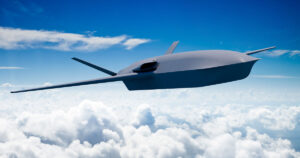
While Air Force Secretary Frank Kendall has posited a $20 million unit cost for the Collaborative Combat Aircraft (CCA) and up to five CCAs for each manned F-35 or Next Generation Air Dominance Fighter (NGAD), the GOP-led House Armed Services Committee (HASC) believes that the service must reach significantly lower CCA unit costs to attain the aircraft mass needed to deter China, Russia, or other emerging high-tech adversaries. The Air Force’s fiscal 2024 budget request proposes the divestment of 131…














